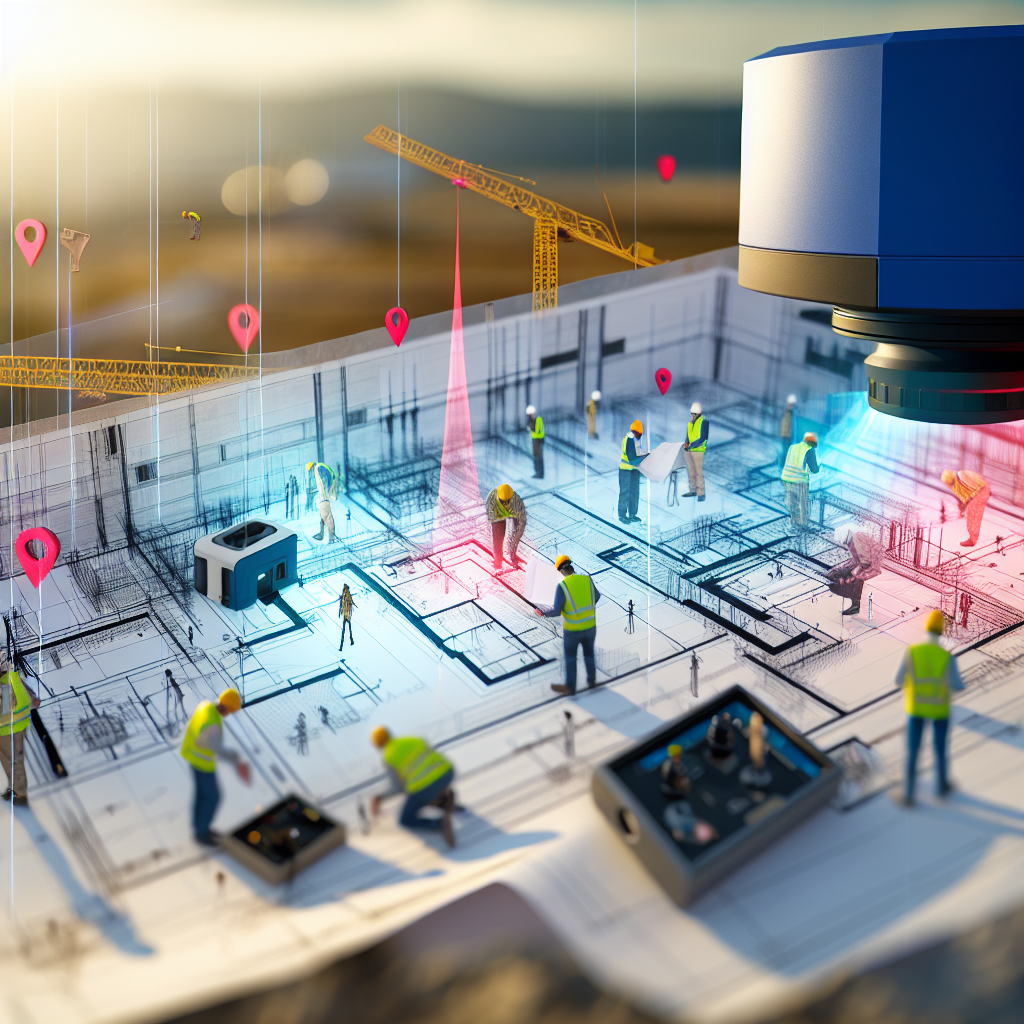Laser scanning technology has revolutionized the fields of design, construction, and facilities management by providing precise, rapid, and cost-effective data capture. Understanding the top return on investment (ROI) aspects helps stakeholders maximize benefits. In this article, we’ll explore the key areas where laser scanning delivers exceptional value across these industries.
Enhancing Design Accuracy and Reducing Rework Costs
One of the most significant ROIs of laser scanning is its ability to provide highly accurate as-built data. Traditional surveying methods often involve manual measurements, which can lead to errors and inconsistencies. Laser scanners capture millions of precise data points quickly, creating detailed 3D models that reflect the existing conditions with minimal errors. This accuracy streamlines the design process, enabling architects and engineers to identify potential conflicts early, reducing costly rework during construction.
Moreover, the comprehensive 3D models serve as a reliable reference throughout the project lifecycle, facilitating better decision-making and collaboration among teams. By minimizing design discrepancies and avoiding on-site surprises, laser scanning directly translates to substantial time and cost savings, resulting in a high ROI for project stakeholders.
Optimizing Construction and Facility Management Processes
During construction, laser scanning accelerates progress monitoring and quality control. Regular scans provide real-time insights into construction status, ensuring projects stay on track and within budget. This proactive approach catches deviations early, preventing costly delays and modifications. Additionally, the detailed scans assist in verifying that construction aligns precisely with design specifications.
In facilities management, laser scanning extends its ROI by enabling accurate asset documentation and space utilization analysis. Building owners and managers leverage the detailed point clouds to plan renovations, manage maintenance, and optimize spatial layouts. This digital twin approach reduces downtime, enhances operational efficiency, and extends asset lifespan, delivering long-term value.
